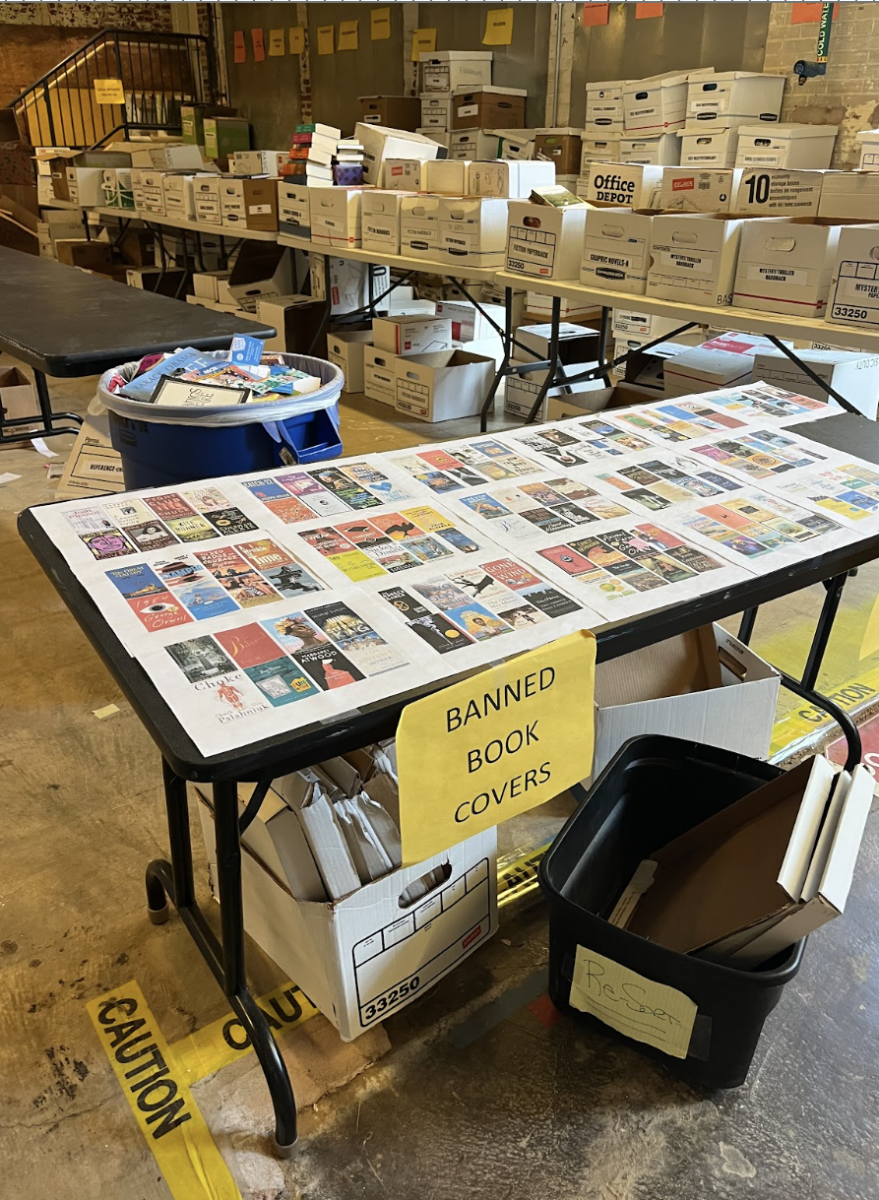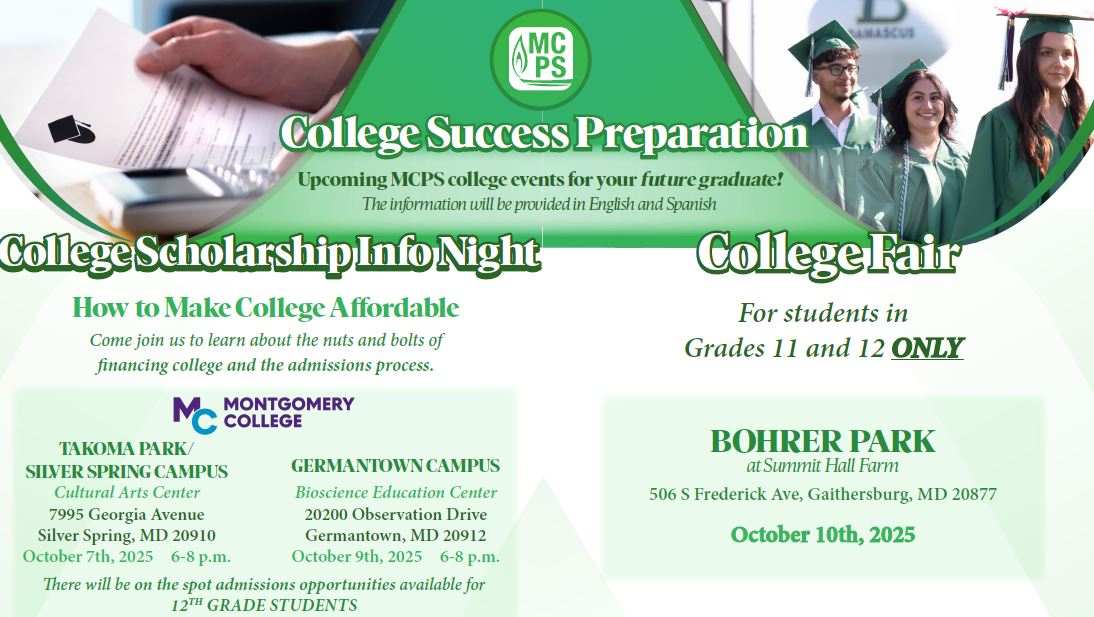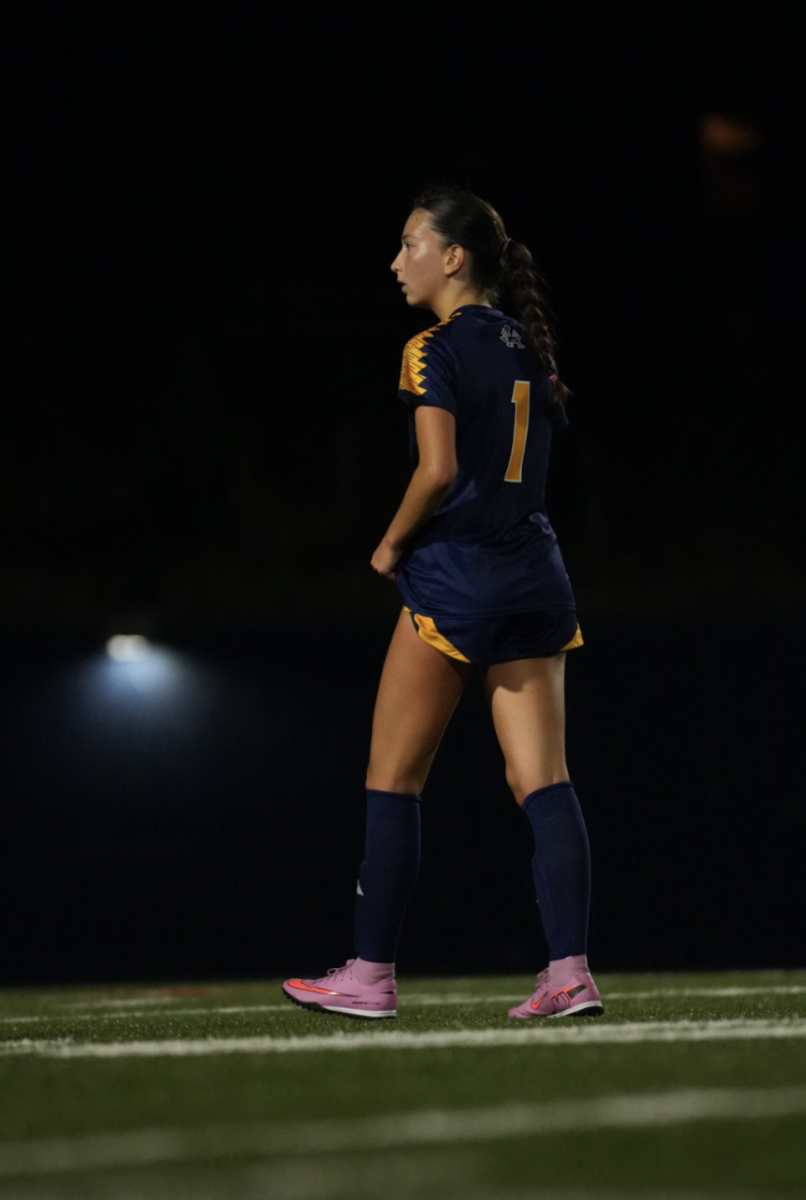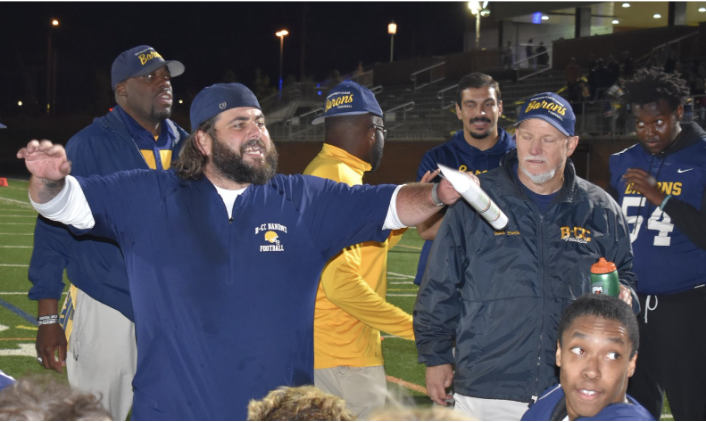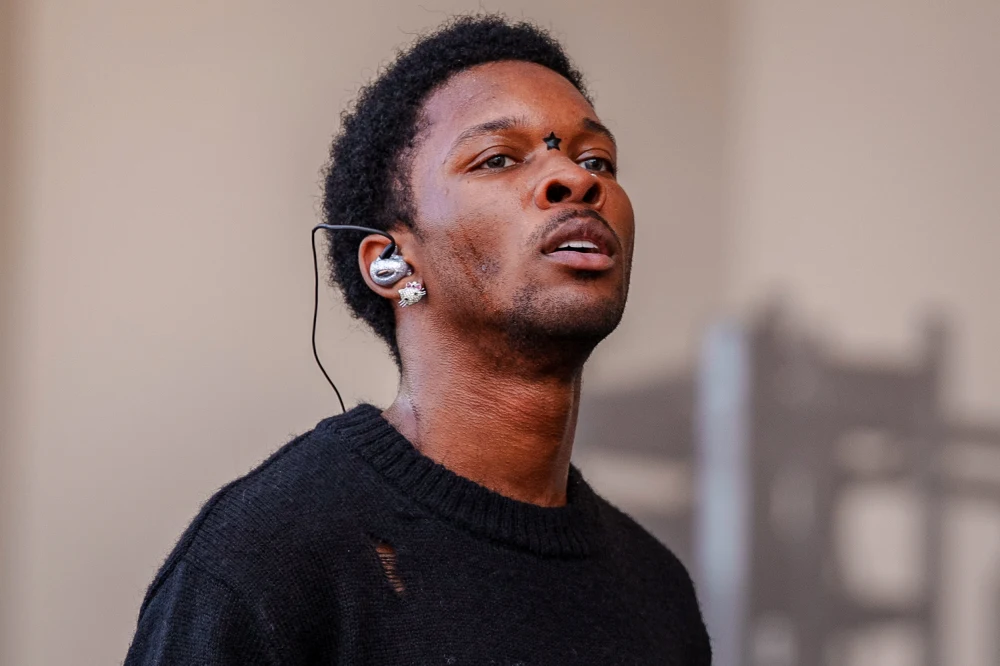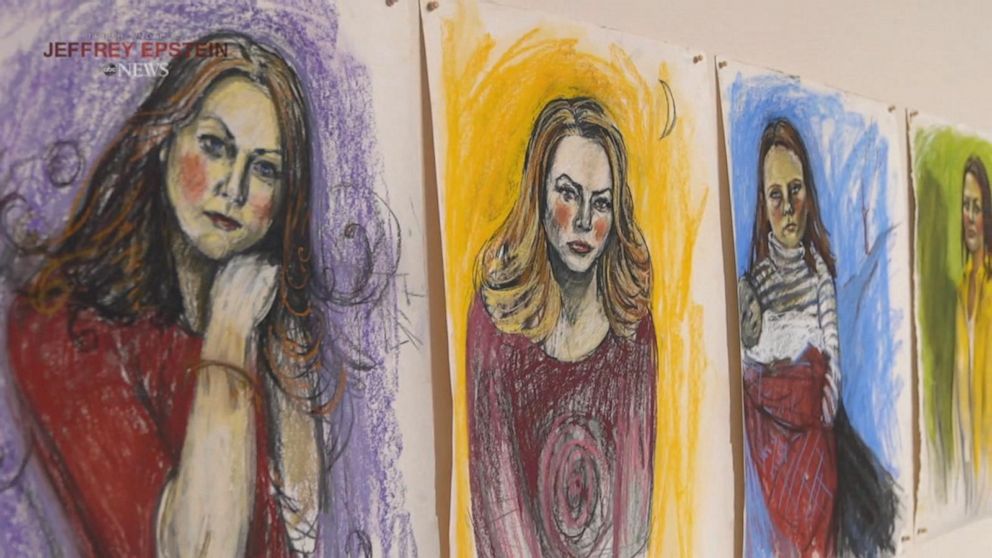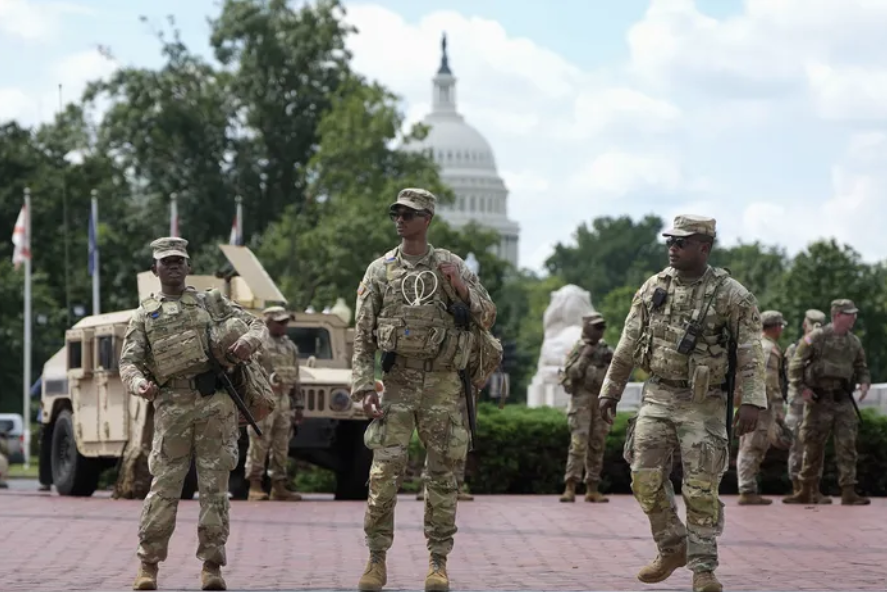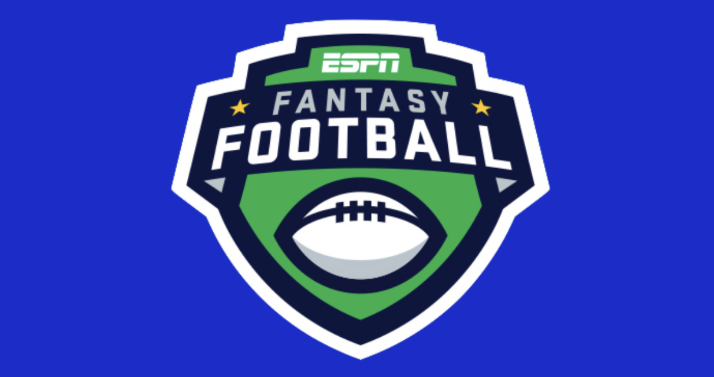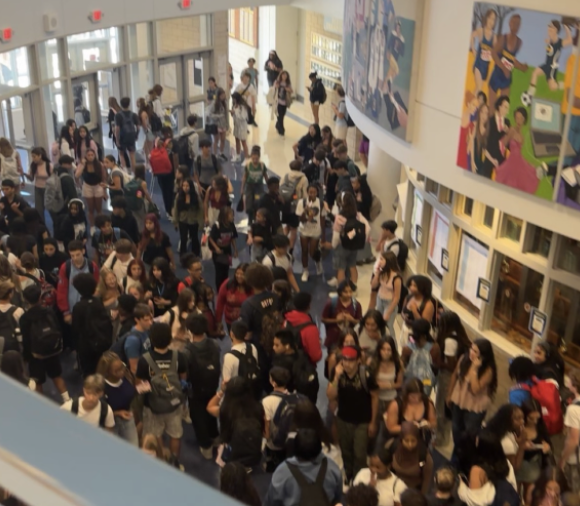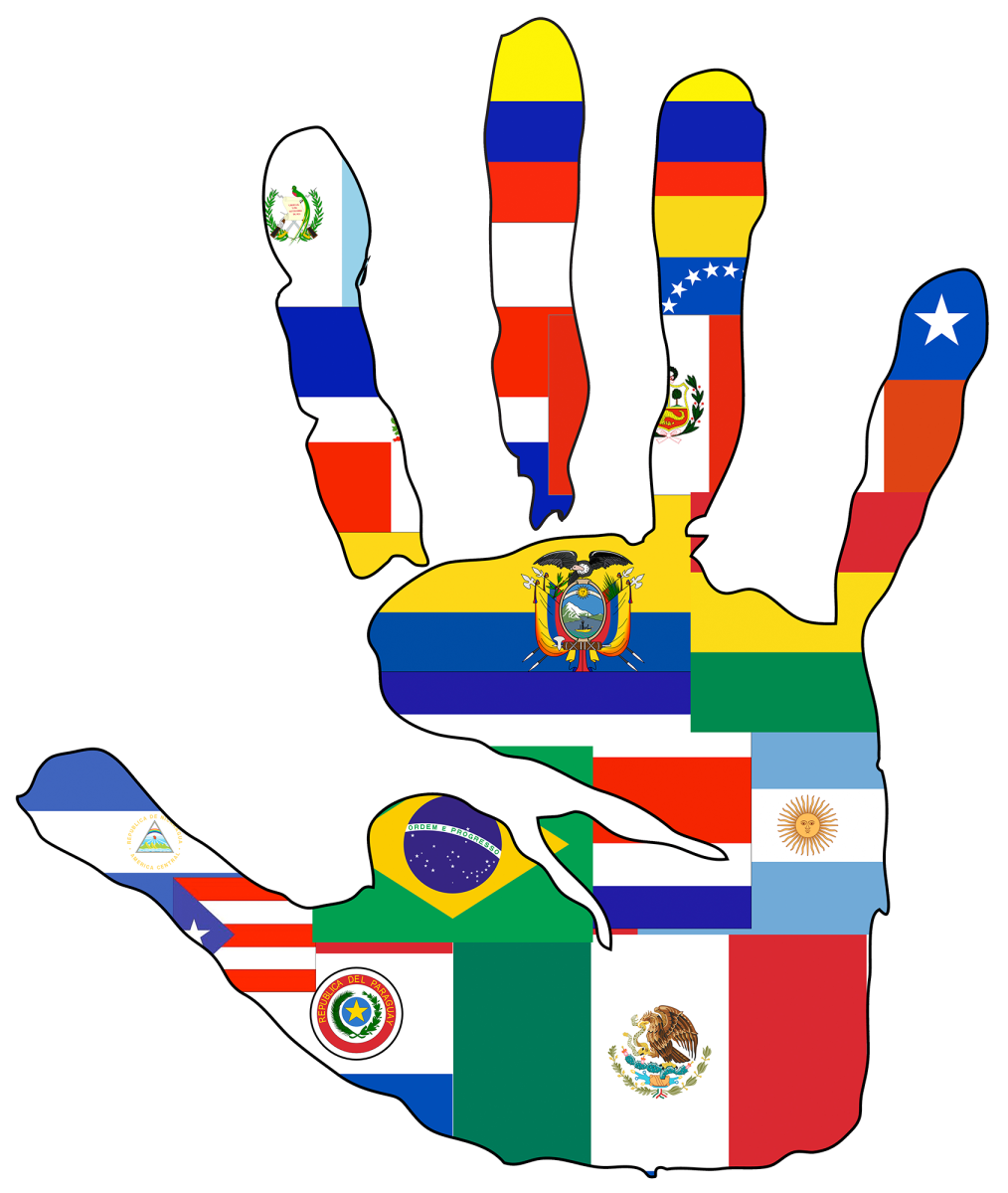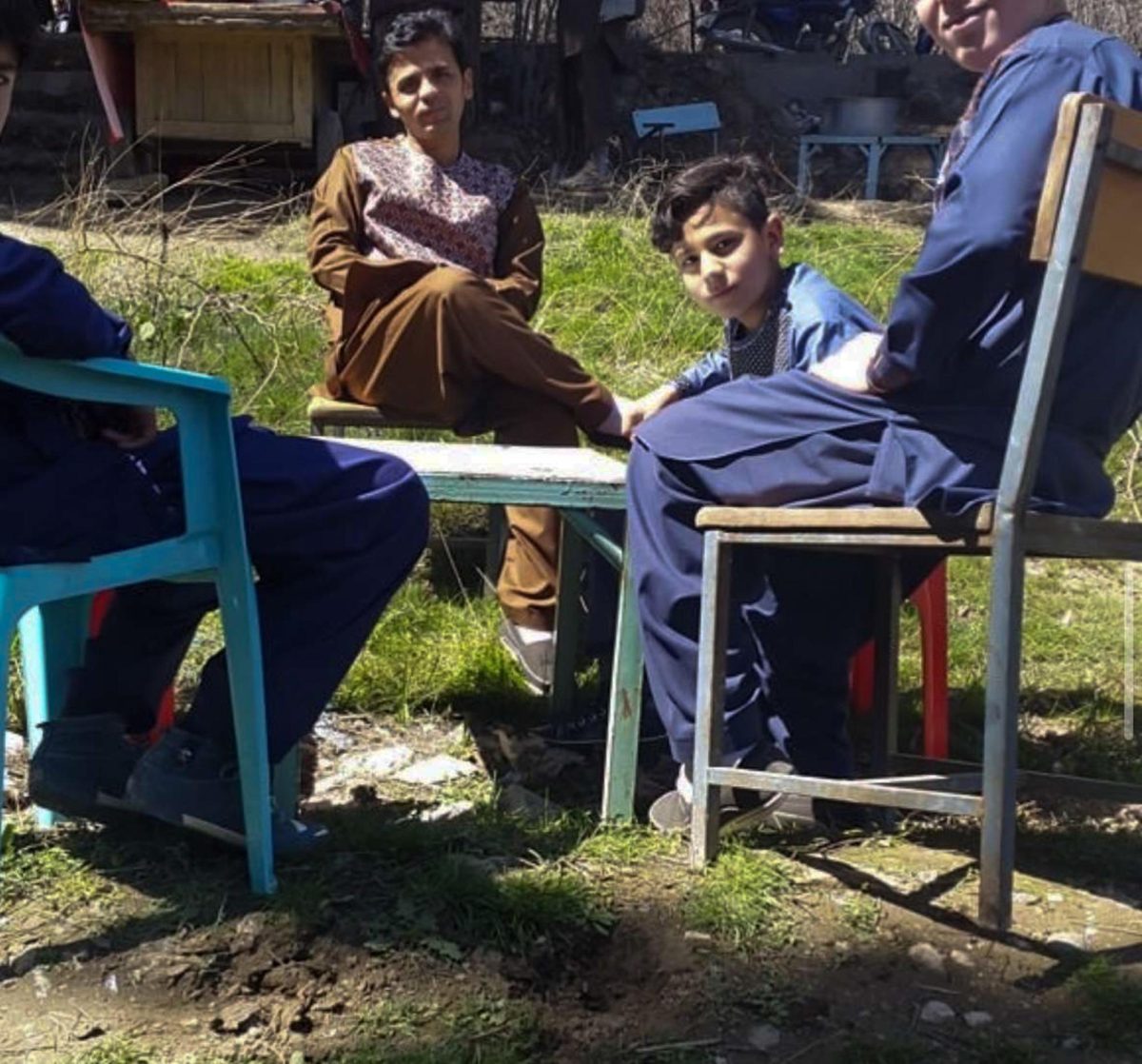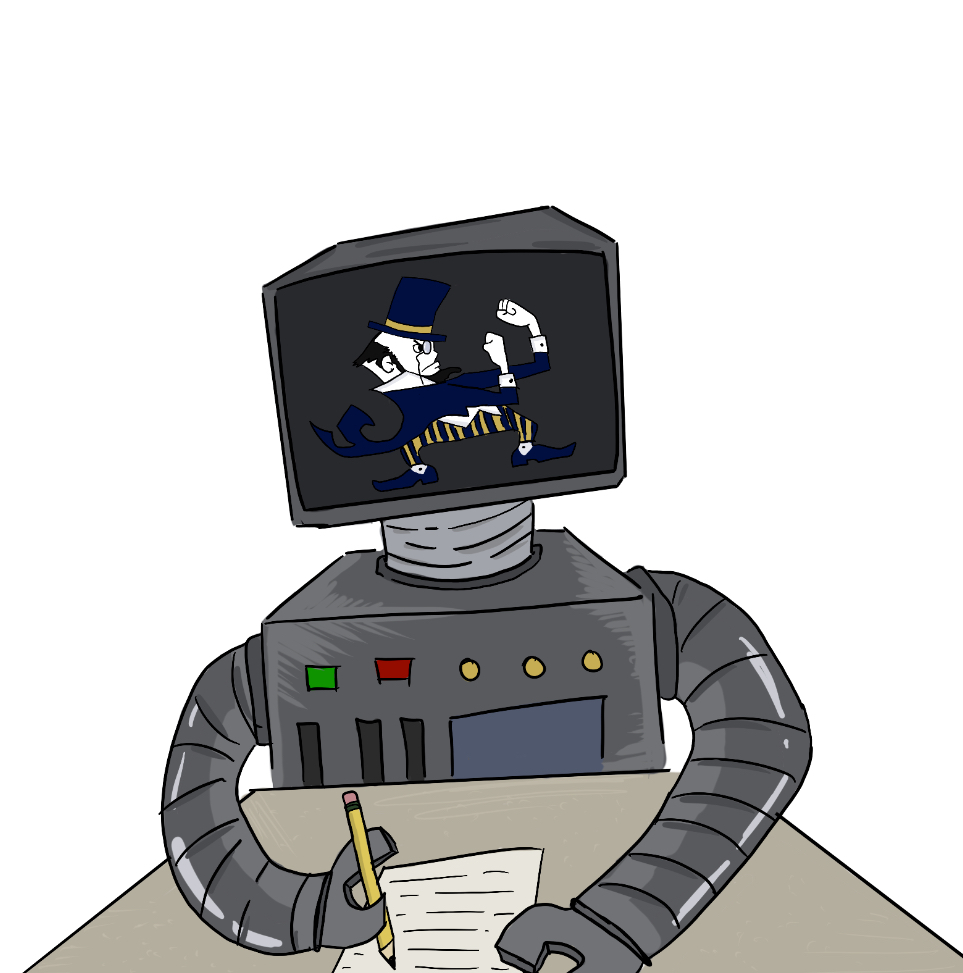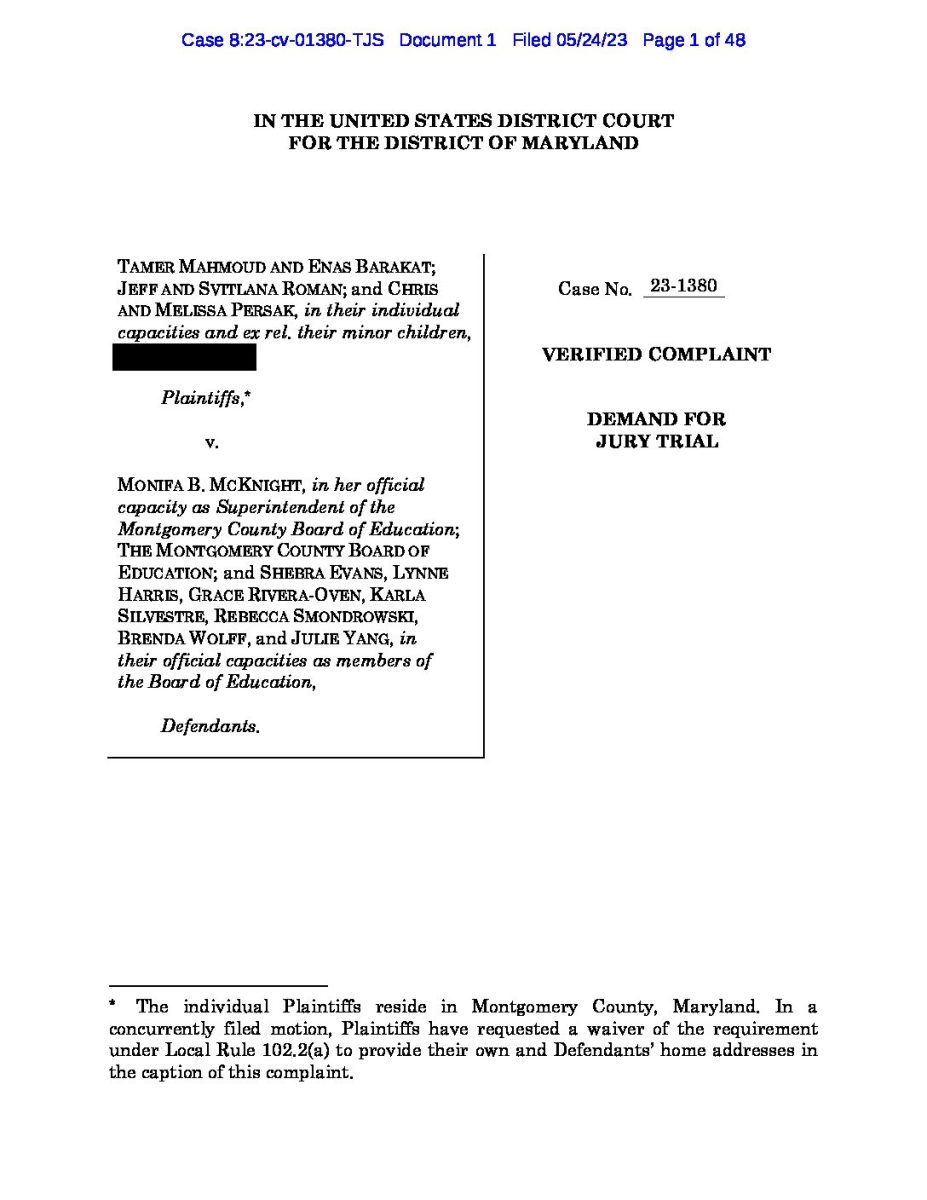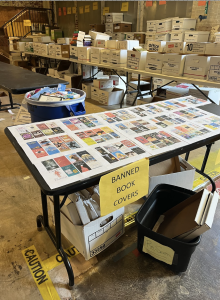Why is a Real ID Harder to Get Than a Fake One?
The privatization of Driver’s Education must be undone.
November 2, 2022
Becoming legally allowed to drive is undoubtedly one of the most thrilling milestones. For many young people, a driver’s license unlocks a whole new world, one in which they experience a real taste of independence and freedom. On the surface, it appears that a mere $9 per year—and a willing teacher—is sufficient to earn you the physical license. The reality? A requirement that vastly exceeds $9. Hidden fees are anything but scarce—and by the time you realize how much it amounts to, you’re wondering if it’s even worth it.
New drivers start out as ‘Rookie Drivers’ in Maryland’s Graduated Licensing System (GLS). The intention of the program is promising—to make sharing the road safe for everyone—but it needs some serious reform before it can be considered accessible. The first step of the system is getting a Learner’s Permit—for a cool $50. Then, before your provisional license, the MVA requires you to take 36 hours of Driver’s Education, including two in-car sessions. But that’s if you’re willing to drop over $300 on it. The most popular ones in our area considerably exceed that amount. Habasha Spring driving school is priced at $390, while Greg’s driving school is anywhere from $400 to $425, and IDriveSmart is at $650.
There is no doubt that this is expensive, especially without any fee waivers available in MCPS. The average teenager doesn’t have the funds to cover these costs, so they’re largely reliant on parents and guardians to help out. Of course, this isn’t realistic to ask them if money tends to be an issue in your household.
Lexi Chertkof, a student at B-CC, says that “It can be very difficult to access. The classes get filled up, they’re expensive, and not everyone can afford them. Anything cheaper is hard to find, and often class availability is limited.”
On top of all that, the MVA requires 60 hours of logged driving time which can only be done if accompanied by a licensed and willing teacher. These people, usually a parent or guardian, are not provided by the state and are instead expected to be provided by the prospective driver’s family. Not everyone has a family situation where they can have someone teach them to drive. For some, finding those 60 hours is the issue, while others may not even have access to a licensed driver, or at least not one that feels equipped to teach their prospective driver. Once you have completed the necessary hours, you can obtain your provisional driver’s license and add that extra $9 to your total.
While making sure everyone on the road is a safe and productive driver is a crucial and timeless goal, there are still steps that Maryland could take to improve the accessibility of a driver’s license, while still teaching our new drivers in the most effective way possible. The first step to accessibility could be a fee waiver for students with certain household incomes, but what we should really be working on is the implementation of Driver’s Education in our school.
About 40 years ago, Driver’s Education was typically offered at public high schools across America. However, following budget cuts, the programs became practically non-existent in high schools today. The privatization of Driver’s Education must be undone. Public schools should be given the funds to teach their students the ways of the road without facing exorbitant fees, whether by putting Driver’s Ed into our school curriculum or offering the class in the student’s own time.
We also need a solution for prospective drivers who lack a suitable driving instructor, which is required for both their permit and 60 hours on the road. But this isn’t an opportunity for yet another fee—that would only decrease accessibility. If we allow students to obtain a license without requiring parental involvement and financial stress, they can avoid these potentially inhibiting situations. Young people shouldn’t have to pay to learn to be a safe drivers, and they also shouldn’t have to face the disappointment of being financially unable to do what the rest of their peers are doing.


